Igrali Se Konji Vrani (Black Horses at Play)
The unusual sculptures are believed to be powerful political symbols.
Sculptures featuring some combination of horses and human figures are a common sight in many the European cities. But the pair situated in front of the stairs of National Assembly of the Republic of Serbia is quite unique.
The sculpture ensemble, known as Igrali se Konji Vrani, (Black Horses at Play), depicts two muscular male characters being crushed under the hooves of two rampant stallions. They are the work of well-known local sculptor Toma Rosandić and are considered his masterpiece.
The artist never gave an official interpretation of his work’s symbolism beyond a simple statement that it represents an artistic exploration of the sculptural forms of human and animal bodies at interplay. Not surprisingly, this academic of explanation didn’t stop the general public from speculating.
Public consensus about the meaning of the sculptures seems to be that they represent common men, naked in front of power and being ridden and crushed by overbearing authority. Even further, some people tend to interpret that the position of one of the human figures who bears the horse on his hunched back is an allegory of oppression and that the position of the other figure who faces the horse is a symbol of resistance.
The artwork’s timing is key to people’s theories. The sculptures were erected in 1938. They were commissioned by the government of former Kingdom of Yugoslavia to decorate the square in front of the newly completed parliament building.
The Kingdom of Yugoslavia, created out of turmoil from World War I, was at that time only 20 years old. It was the first incarnation of a common state that would comprise a set of neighboring countries, now known as Serbia, Croatia, Bosnia and Herzegovina, Slovenia, Macedonia, and Montenegro.
The authorities of the ambitious young state focused their attention upon their swanky new home at the national assembly. But decorating the space out front was merely an afterthought. The team managing the project had the initial idea of decorating the square with a pair of lion figures. But someone with at least a degree of common sense protested that Yugoslav lands are not known for their lion population, and that a set of figures with horses might be more fitting to the national character.
Rosandić was a fitting artist for the job. Though born in Split, Croatia, he spent most of his working life in Belgrade Serbia and he was a Yugoslav in the true sense of the word. By the 1930s, he was already an established artist and well-known figure in Belgrade artistic circles. So when asked to provide a pair of sculptures representing figures of humans and horses befitting the national character he was all too happy to oblige. He kept his work away from the public eye until the date of official unveiling, much to the amazement and delight of the people.
Know Before You Go
You can walk by the sculptures at any time.
Community Contributors
Added by
Edited by
Plan Your Trip
The Atlas Obscura Podcast is Back!



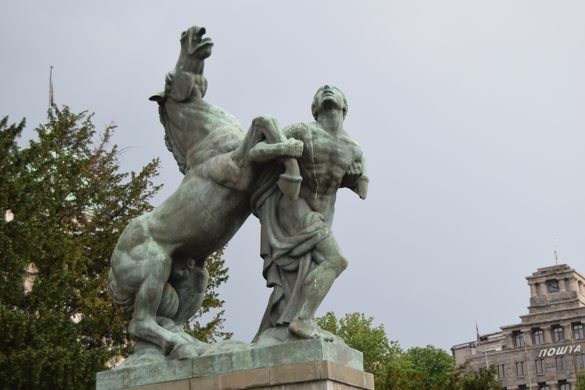
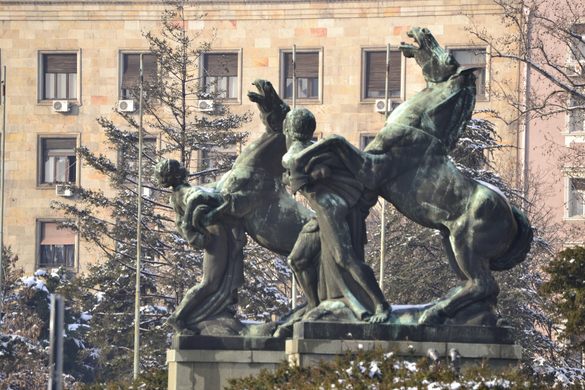

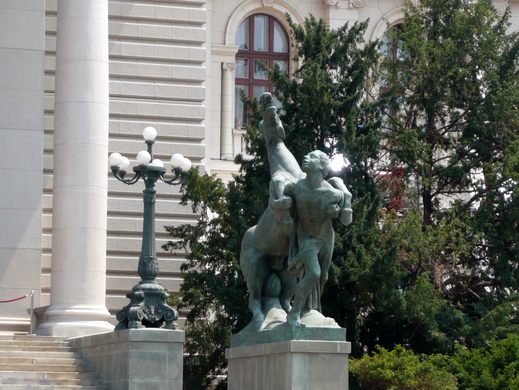










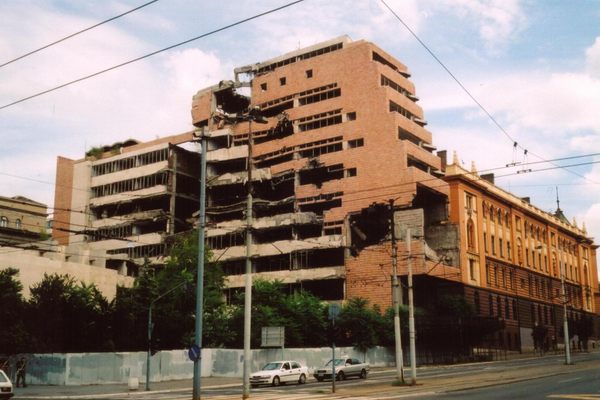
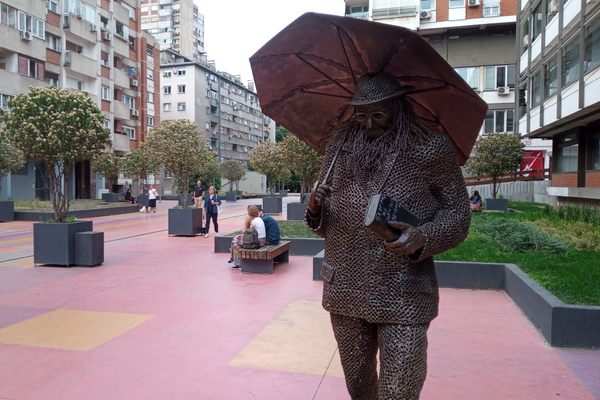


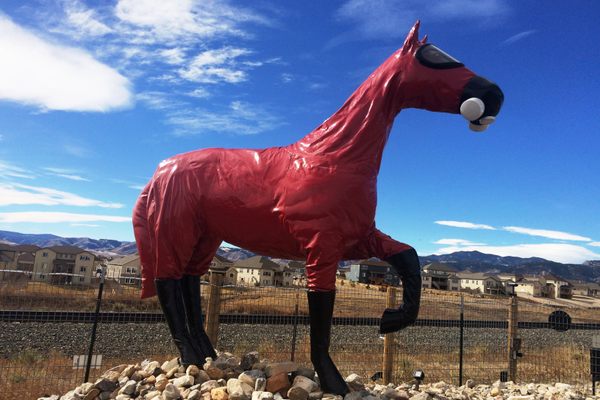
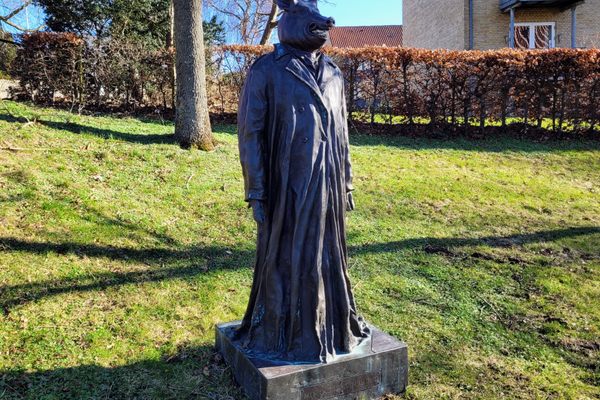


Follow us on Twitter to get the latest on the world's hidden wonders.
Like us on Facebook to get the latest on the world's hidden wonders.
Follow us on Twitter Like us on Facebook